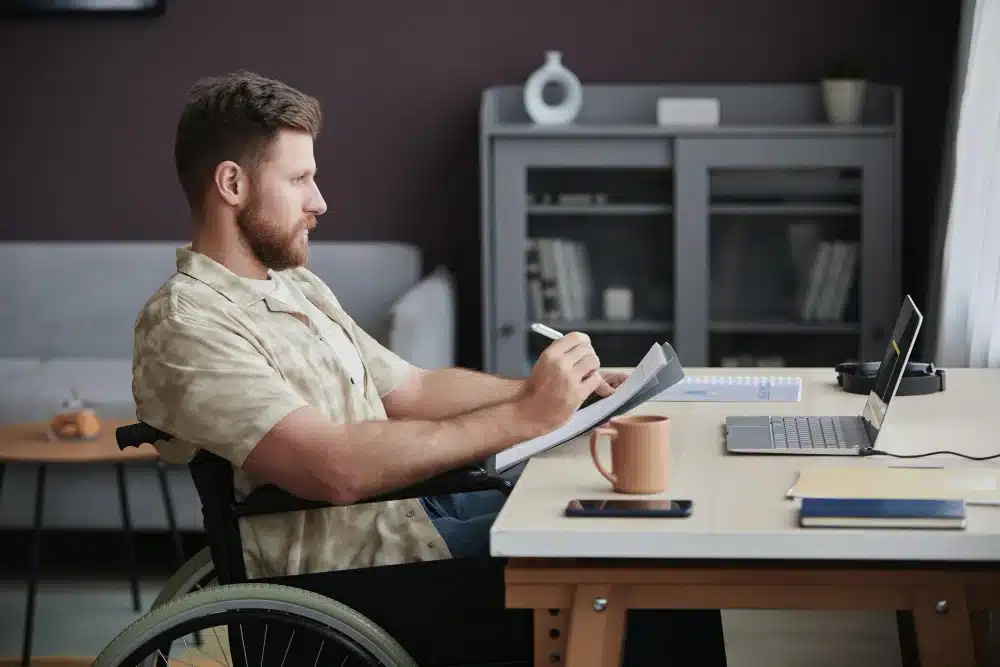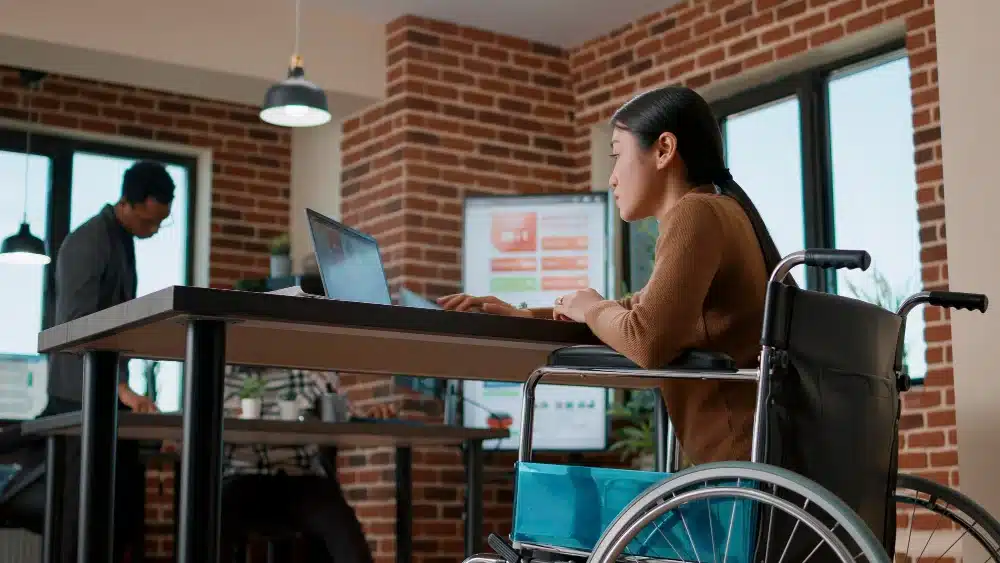User Accessibility
Explore the Importance of User Accessibility for All

Making technology easy to use for everyone, especially when it comes to tools like screen readers, is about making sure that technology, like websites and apps, is designed so everyone can use it, including people with disabilities. This includes creating features that help those who might have difficulty seeing, hearing, or moving. Screen readers are programs and tools that help people with vision impairment or who have trouble seeing to understand the text on a computer screen by reading it out loud or showing it on a braille display.
Inclusive Experience
Accessibility features make sure that all users, regardless of their physical or cognitive abilities, can access, understand, and navigate digital content. This inclusivity principle is fundamental to creating an equitable digital environment. This technology often sticks to established guidelines and standards, such as the Web Content Accessibility Guidelines (WCAG), which provide a framework for making web content more accessible.
For users of screen reader tools, accessibility means that websites, apps, and other digital tools are developed with features that these tools can interpret. This includes proper HTML structure, alternative text for images, meaningful link descriptions, and the ability to navigate and interact using keyboard commands.
Developer Side
Using semantic HTML elements (like <header>, <nav>, <main>, <footer>, <article>, and <section>) helps screen readers understand the structure of the page, making it easier for users to navigate through content. When it comes to navigation making sure that all interactive elements are keyboard accessible and that navigation menus are structured logically is significant, since this allows users to navigate through pages and applications without relying on visual cues.
Another useful tip is to use alternative text descriptions for images, videos, and other non-text content is essential for screen readers to convey what’s on the screen to the user, this not only supports them but helps your website and application to be ranked higher by Google, since according to their guidelines one of the main criteria is building up a user-friendly experience and that includes everyone.
Content Accessibility
For web applications or sites that update content dynamically without reloading the page, it’s important to manage focus and alert screen reader users to changes, using ARIA (Accessible Rich Internet Applications) landmarks and live regions. Also, labels must be associated with their respective form controls, error messages should be clearly identified, and form fields should be navigable and operable using the keyboard.
Make sure that you allow users to customise text size, colour contrasts, and other visual aspects of the user interface can significantly improve accessibility for users with visual impairments.

Ask For Feedback
Accessibility testing, including the use of screen readers by people with visual impairments, in the development process makes sure that accessibility is not an afterthought. User feedback is invaluable in identifying and addressing accessibility barriers and you really make a difference by making real people’s life easier by taking care of these features. As a developer, it might be a bit more challenging work, but on a larger scale it is not a thoughtful gesture anymore, but mandatory if you take your business seriously. Asking for feedback from actual users is the best way to improve and evolve.

Conclusion
From the perspective of screen reader tools, user accessibility means creating technological environments that are perceivable, operable, understandable, and robust enough to be fully accessible to users with visual impairments. This approach not only benefits users with disabilities but also enhances the overall user experience for everyone and defines your overall appearance as a brand.
Let's turn your idea into a memorable event!
We’re all about making great ideas come to life and creating unforgettable experiences. So, why wait? Drop us a line, share your vision, and let’s collaborate to make your idea the next big thing. Ready to make it happen? We’re just a message away!
Ready for your next event? Get in touch today!
Schedule your call on our calendar and book a time slot with one of our Project Managers who will answer all of your doubts.

